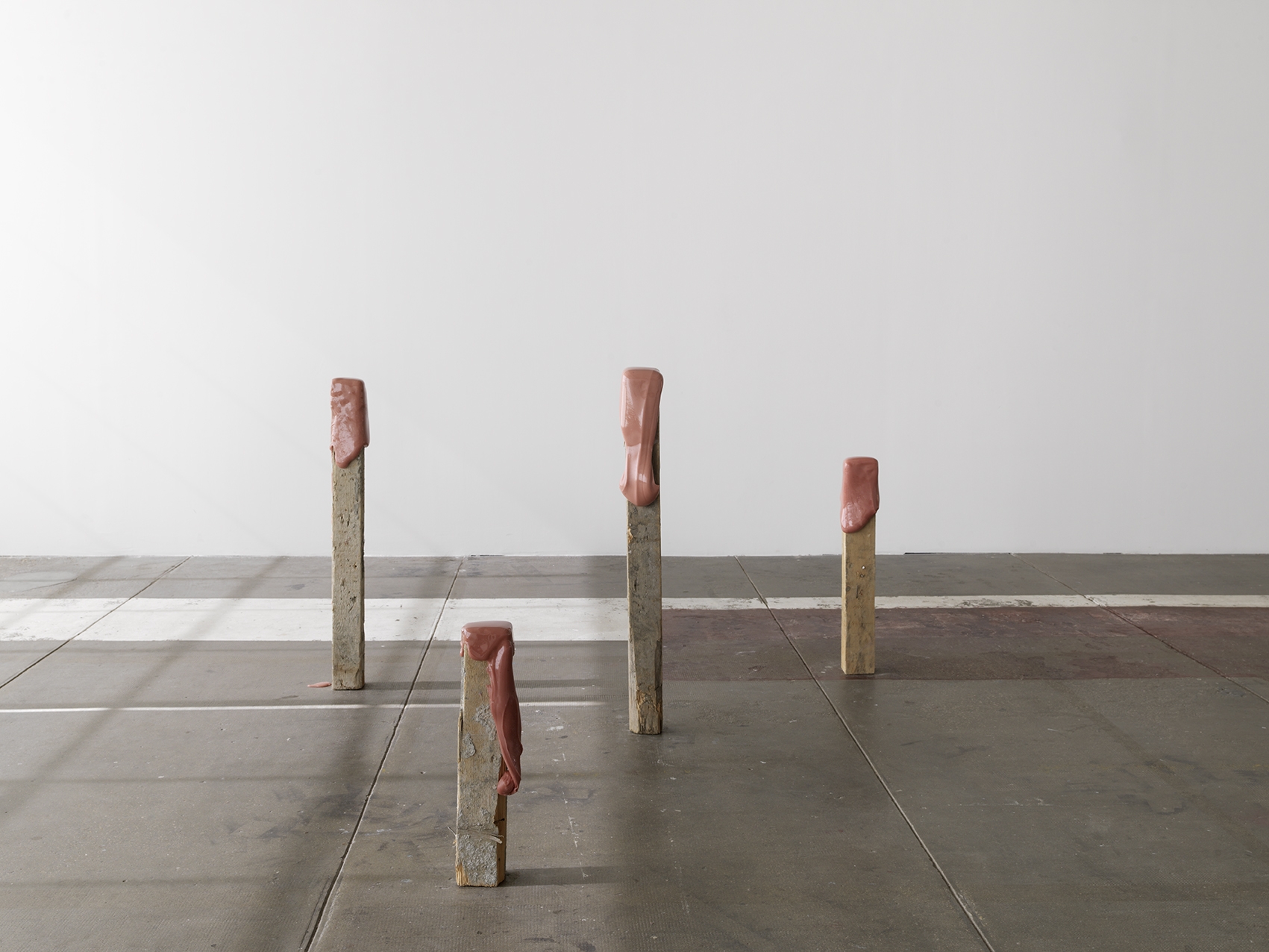Dolphin Dandelion
Nina Canell

Days of Inertia, 2017 © Photo : André Morin. Courtesy galleries Barbara Wien and Daniel Marzona, Berlin. © Nina Canell, Adagp Paris 2017.

Exhibition view. © Photo : André Morin. Courtesy galleries Barbara Wien and Daniel Marzona, Berlin. © Nina Canell, Adagp Paris 2017.

Nina Canell, Gum Shelf, 2017. © Photo : André Morin. Courtesy galleries Barbara Wien and Daniel Marzona, Berlin. © Nina Canell, Adagp Paris 2017.

Exhibition view. © Photo : André Morin. Courtesy galleries Barbara Wien and Daniel Marzona, Berlin. © Nina Canell, Adagp Paris 2017.

Nina Canell, Energy Budget, 2017. © Photo : André Morin. Courtesy galleries Barbara Wien and Daniel Marzona, Berlin. © Nina Canell, Adagp Paris 2017.

Nina Canell, Energy Budget, 2017. © Photo : André Morin. Courtesy galleries Barbara Wien and Daniel Marzona, Berlin. © Nina Canell, Adagp Paris 2017.

Exhibition view. © Photo : André Morin. Courtesy galleries Barbara Wien and Daniel Marzona, Berlin. © Nina Canell, Adagp Paris 2017.

Foreground: Nina Canell & Robin Watkins, Flexions, 2016. Galleri Opdahl, Stavanger, Norway. Background : Nina Canell, Satin Ions (Blue), 2017. © Photo : André Morin. Courtesy galleries Barbara Wien and Daniel Marzona, Berlin. © Nina Canell, Adagp Paris 2017.

Nina Canell & Robin Watkins, Flexions (detail), 2016, Galleri Opdahl, Stavanger, Norway. © Photo : André Morin. © Nina Canell, Adagp Paris 2017.

Nina Canell, Satin Ions (Blue), 2017. © Photo : André Morin. Courtesy galleries Barbara Wien and Daniel Marzona, Berlin. © Nina Canell, Adagp Paris 2017.

Nina Canell, Switcher, 2017. © Photo : André Morin. Courtesy galleries Barbara Wien and Daniel Marzona, Berlin. © Nina Canell, Adagp Paris 2017.

Nina Canell, Shedding Sheaths (B), 2016. © Photo : André Morin. Courtesy galleries Barbara Wien and Daniel Marzona, Berlin. © Nina Canell, Adagp Paris 2017.












Nina Canell’s exhibition Dolphin Dandelion, her first solo exhibition in France, presents her characteristic material left-overs and processual debris, carefully produced to meet the post-industrial context of Credac.
The production of space, or a visualization of imagined space, induces horizon—a vanishing line, a curve in passing—the search for an elusive or hypothetical element that artists call “landscape”, “space”, “territory”. Communicating involves subordinating forms to the content of the message in order to be understood. This is not the case with art, which is close to silence, the tangles of language, the codes by which artists sometimes lead us into the meanderings of meaning. To think and communicate from the space one produces, is not always limited to visual data. This space that comes from a variable set of metaphorical or concrete elements, which delimit a mental plane within which tensions are materialized, where perspectives and dead ends appear.
Nina Canell produces spaces. For instance, she considers her exhibition according to the orientation of the rooms of Crédac: South West, South East and East again. This detail underlines both the way the artist considers space as a central element as well as the meteorological dimension of her own work. Temperature, atmosphere and time are all important factors.
[…]
Nina Canell explores the interval, micro phenomena and the at times imperceptible relation between objects. Her work often involves several forms of radiation, sine waves, electricity: all symbolically “charged” with different associations of “affective” forms. Recently described as a kind of “anthropology of energy”, it points to the plasticity of transfers - of matter, data, thoughts - which surround us. She uses the exhibition space as a field of correspondences: the place of what happens, has happened, or could happen.
Nina Canell maintains a curious relationship with objects, close to animism. She says that she often observes at length how they behave and interact with each other, redefining then in the exhibition the event occurring only between objects.
Her work is strongly linked to moving and impalpable subjects, such as dislocation, fluidity, transmission and its corollary disconnection.
Claire Le Restif
Video(s)
Exhibition film directed by Florence Weyne Robert. © Le Crédac / Nina Canell / ADAGP, 2017.
Artist biography
-
Nina Canell was born in Sweden in 1979. She works and lives in Berlin. https://www.canellwatkins.org/
Partnerships
With the generous support of IASPIS : The Swedish Arts Grants Committee’s International Programme for Visual and Applied Artists.
Media partnership : Mousse
Sponsoring for the opening : Grolsch, Les Nouveaux Robinson
